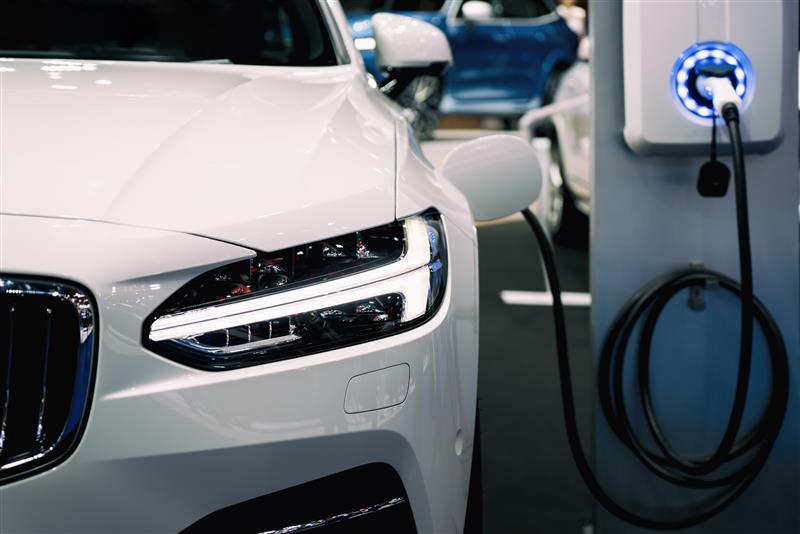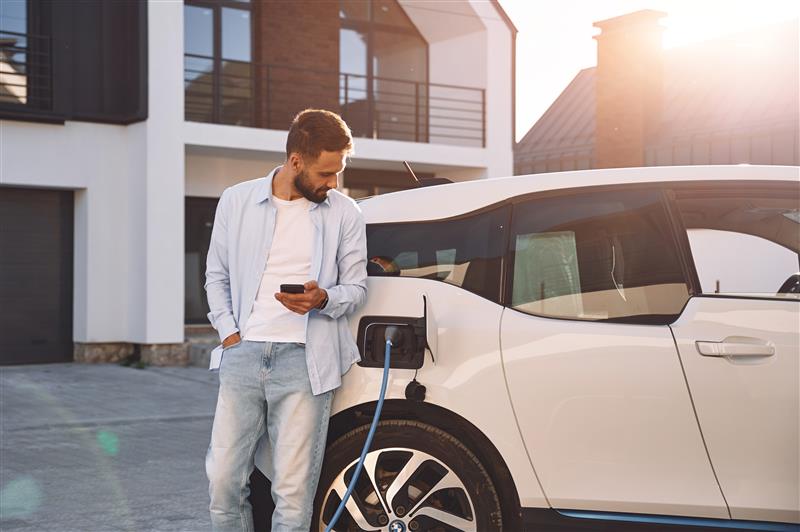The Albanese Government’s $150 million low-interest loan scheme for electric vehicles (EVs) is designed to make the switch to electric more affordable. For Australians earning under $100,000 or working in essential services, discounted personal loans could cut thousands off the cost of a car. But as Nathan Hanna, founder of Hanna Lending Services points out, the right finance strategy is rarely one-size-fits-all. “The headlines sound great, but our job isn’t to chase hype. It’s to find the smartest structure for every client. A car is one of the biggest purchases people make, and getting the finance wrong can cost you for years.”
EV Loan vs Secured Vehicle Loan
At first glance, the government-backed EV loan sounds like the obvious choice. It offers a rate that can be up to 5% lower than standard unsecured personal loans. But the detail that often gets missed is in the word “unsecured.”
An unsecured loan doesn’t require the car to be used as collateral. That can sound appealing, but it also means lenders take on more risk and they price that risk into the interest rate. These loans typically have higher comparative rates, stricter eligibility criteria, and limited flexibility if you want to refinance or pay the loan out early. In some cases, borrowers could still end up paying more over the life of the loan, even with the government discount.
A secured vehicle loan, on the other hand, ties the finance directly to the car. That extra security gives lenders more confidence, which usually translates into sharper interest rates, longer terms if needed, and in some cases, lower fees. It can also mean stronger protections if you run into financial difficulty, because the lender has a clear asset backing the loan.
For example, someone taking out a $50,000 unsecured personal loan for an EV over seven years might see repayments around $730 per month at 7.5% interest. The same loan structured as a secured car loan at 5.5% could drop repayments to about $690 per month. That $40 difference doesn’t sound like much week-to-week, but over the life of the loan it adds up to more than $6,000 saved.
“We’ve seen this in real time with clients,” Hanna explains. “People come in thinking the government loan is the best deal because of the discount, but when you run the numbers against a secured option, the savings and flexibility can be far greater. That’s why advice matters, it’s not always about the headline rate.”
Novated Leases: The Workplace Option
For salaried employees, a novated lease arranged through an employer can look appealing. Payments are taken from pre-tax income, reducing taxable earnings, and with the government’s FBT exemption for electric vehicles the potential savings can seem significant.
The challenge is that the headline figures do not always reflect the full cost. Balloon payments, administration fees and higher interest rates can reduce or even cancel out much of the benefit.
“Novated leases are not right for everyone,” Hanna cautions. “If you change jobs often or do not plan to keep the car for the full term, it can end up costing more. For others in stable employment they can still be worthwhile, but only if you go in with eyes wide open.”

Business Finance: Asset Lending and Cash Flow
For trades, fleets, and small businesses, vehicles are an asset, not just a lifestyle choice. Business car loans, chattel mortgages, and finance leases can unlock GST benefits, claimable depreciation, and flexible repayment structures that align with cash flow.
“Too many small businesses take out personal loans for vehicles,” Hanna says. “In many cases, business finance gives them better tax outcomes and keeps their personal borrowing capacity free for other goals, like a mortgage.”
The Bigger Picture
EVs are here to stay. By 2035, 85 percent of new car sales in Australia are expected to be electric, and charging infrastructure is rapidly expanding.
But whether you go electric now or stick with petrol or hybrid for a while longer, the real question is: what’s the smartest way to pay for it?
“We look at everything,” says Hanna. “Do you qualify for the government scheme? Would you save more through secured finance? Is a novated lease better because of your salary package? Or does business finance deliver the best tax efficiency? The goal is simple: get the car you want without compromising the rest of your financial life.”
Final Word
The EV revolution is gathering speed, but the finance decision remains personal. “The car might be electric,” Hanna says, “but the loan still has to make sense. That’s where advice matters.”







